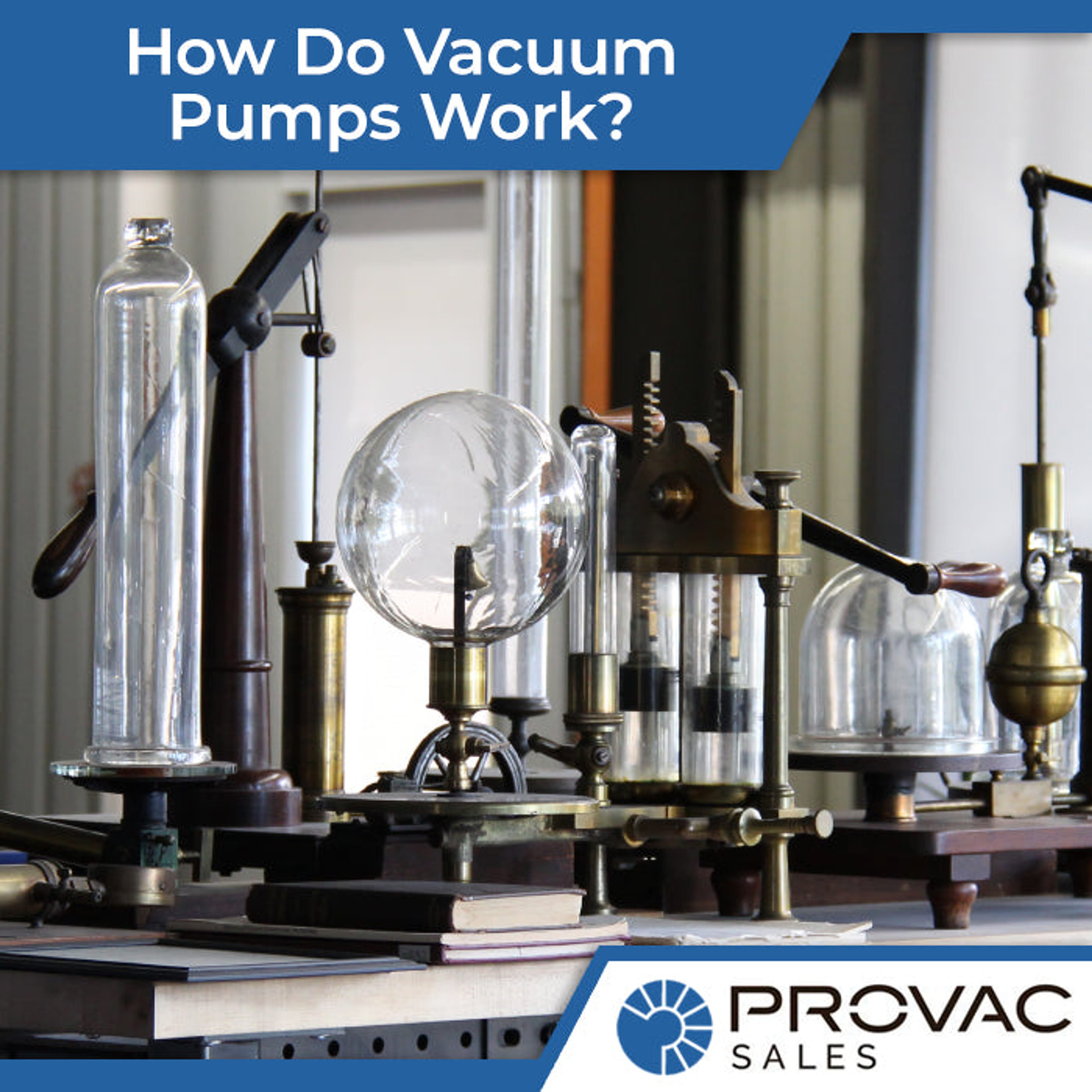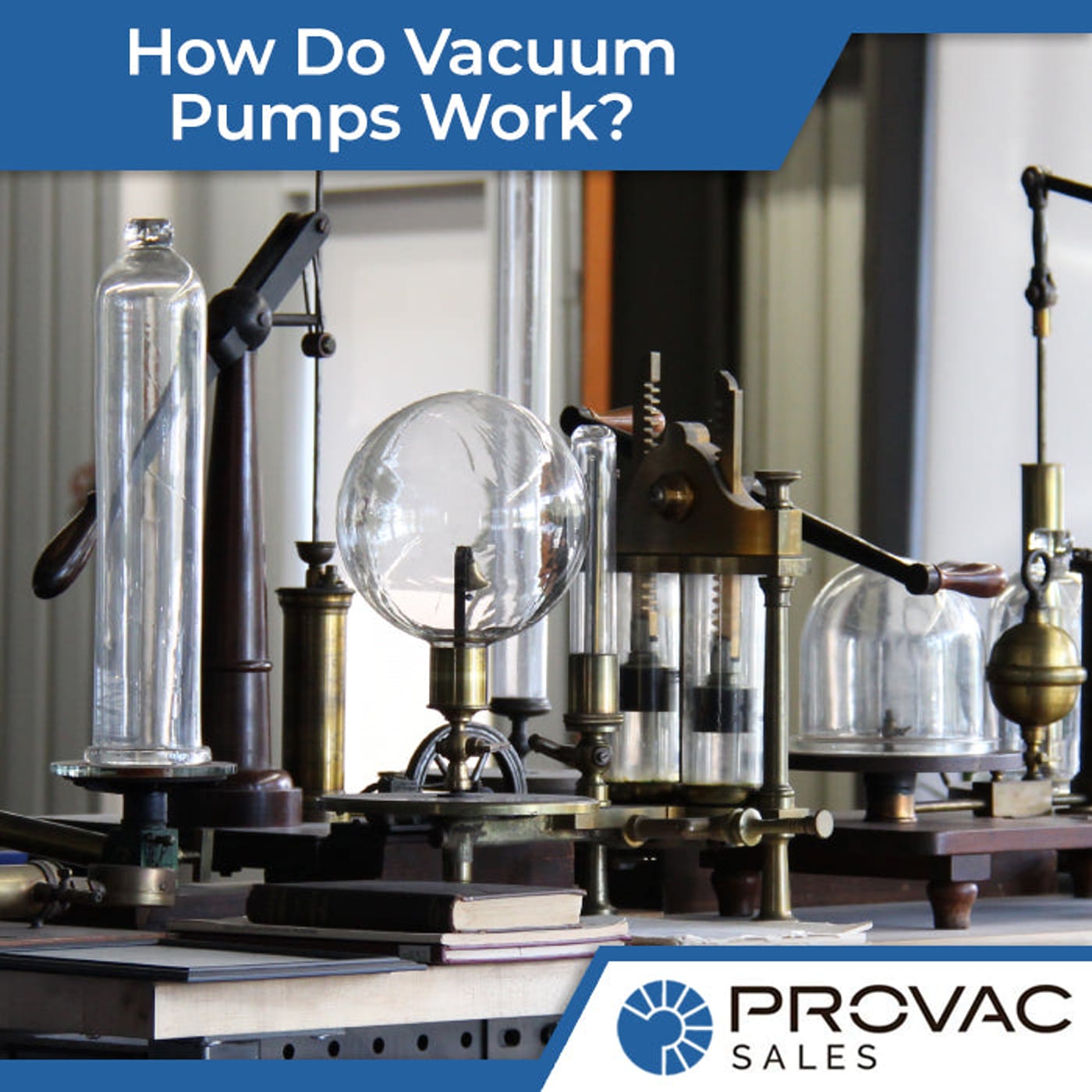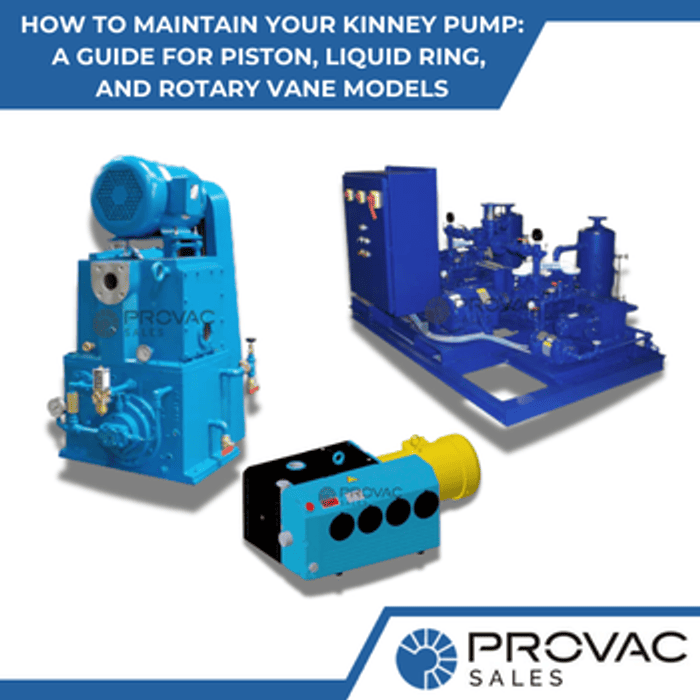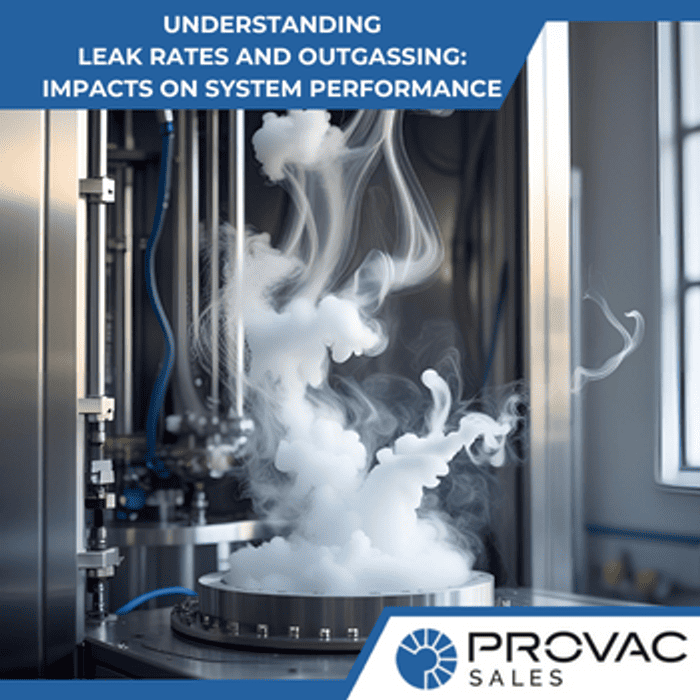How Do Vacuum Pumps Work?
Vacuum pumps work by getting rid of air particles or gas molecules in a sealed chamber. Classification is done depending on the pressure range, among other factors. These classifications entail primary, secondary, and booster pumps, and the pressure range is divided into the following groups: low, medium, high, ultra-high, and extremely high vacuums. The main parts of a vacuum pump include an electrical motor, support base, compressor, inlet, exhaust, and handle.
How A Vacuum Pump Functions
No matter the vacuum pump you buy, know that they work in a similar manner. When it extracts air or gas molecules from one place, it leaves that space with lower pressure or a vacuum. However, these pumps now function using one of three principles.
Entrapment is responsible for the high and ultra-high vacuum conditions. In essence, it uses a lot of energy and requires quite a lot of maintenance, which is expensive. Vacuum pumps have different types of flow, including transitional, molecular, and viscous flow. The viscous flow is also referred to as a continuous flow, and it tends to take place at high pressures.
Most commercial and industrial uses of a pump are performed by positive displacement pumps - like the rotary screw vacuum pump. Vacuum pumps are crucial in metal processing and numerous manufacturing industries.
Types of Vacuum Pumps
There are two main vacuum pumping principle classifications: entrapment and gas transfer. The latter is then split into two: displacement and momentum transfer.
Positive Displacement Vacuum Pumps
For these pumps to function, a sealed chamber with a flow of fluid controlled by one-way valves must expand and contract. The process of vacuum generation begins with the expansion of the sealed chamber. From there, the vacuum pulls the fluid through the intake valve and into the chamber. Once the pump reaches full expansion, intake valves close while the exhaust opens, and the fluid flows out of the chamber as compression occurs. This cycle repeatedly occurs while generating a pulsating flow. Similar to the typical pumps, they are also classified according to the chamber's design and motion into the rotary and reciprocating vacuum pumps. There are many types of rotary pumps as well: liquid ring, screw, gear, and scroll vacuum pumps among others. On the other hand, the reciprocating pumps entail the plunger, reciprocating, and diaphragm vacuum pumps.
Entrapment Vacuum Pumps
Most of the entrapment vacuum pumps work at high vacuum if there is no oil contamination whatsoever. The working principle differs from one to the other. You should know that they are not dependent on rotors or moving parts. However, they need regeneration when the material or surface that captures gases is full; thus, they cannot be used continuously. In addition to that, these pumps cannot get rid of lighter gases like helium or neon. Some of the entrapment pumps include sorption, titanium sublimation, cryogenic, and sputter ion vacuum pumps.
Momentum Pumps
On the other hand, these pumps operate by inducing the movement of liquid and gas molecules utilizing kinetic energy transfer at the molecular flow. They are also great for producing a high vacuum to create the proper flow. However, low pressure must be present throughout. The different momentum pumps are diffusion, an oil diffusion pump, and the turbomolecular vacuum pump, which has numerous rotating and stationary turbine blades.
Ways to Select the Best Vacuum Pump
This is undoubtedly a challenge mainly because there are many types of vacuum pumps. A factor you should also keep in mind is maintenance and cost. Analyze or, better yet, inquire about your ideal vacuum pump’s maintenance cycles and the frequency at which they should be done. This is because it will influence the installation cost. Another factor is the pump’s flow rate.
There is a relation between the latter and the machine’s draining time; thus, why it is necessary to evaluate the pump’s capacity to produce. Lubrication is not essential to everyone, but if it is, ensure you mention this to your dealer when making that purchase. There is a need to know that lubrication ensures the pump is efficient and has resistance. Note that the best vacuum pump for a laboratory is a dry pump. Also, consider the chemical compatibility of the gases used. Ensure that you take these factors into account, as they will make that purchase worth every penny.
Main Uses
Vacuum pumps are used in many areas, with each requiring a specific type depending on the purpose. They are primarily found in pharmaceutical and medical industries and are also helpful in plastic molding, mass spectrometry, and filtration. In mass spectrometry, the pressure required lies between 10-3 and 10-4 mbar; therefore, choosing a vacuum pump that matches this is essential. Rough vacuums are the best option for the agri-food industries, distillation, and drying. However, if you do beam welding, choose a high vacuum.
Things to Know Before You Buy A Vacuum Pump
Consult An Expert
Despite researching, take that further step and contact one of our vacuum pump experts. After all, we are well-versed in this field and could put your worries to rest.
Consider Your Manufacturer’s Reputation
The reputation of the manufacturer or company is crucial as it will let you know what you are getting yourself into. Thanks to technology, you can look up their reviews and ratings online because almost every business has a website nowadays. If their reputation is terrible, you should not think twice about buying from them no matter how cheap their prices are. It may be tempting, but you will have many regrets in the long run, and they often come at a cost.
The Operational Temperature of The Vacuum Pump
For the pump to be at its optimum performance level, you should consider the temperature of its working conditions. Failure to maintain proper temperatures will reduce the effectiveness and your vacuum pump will deteriorate. You should know that high temperature directly affects its performance since the pump pulls in the air from the system. To avoid having issues, you should provide the pump with the relevant protection. That way, extremely high or low temperatures won't affect the pump, and it will last longer. However, you have the option of choosing a vacuum pump that can stand either of those conditions.
Material Compatibility
It all goes down to the role of buying the vacuum pump in the first place. If you are going to use chemicals, ensure that the pump you choose is compatible. Otherwise, your pump may fail to function properly. Dry pumps are known to tolerate acidic and corrosive vapors. On the other hand, liquid ring vacuum pumps can operate well when used for applications with physical impurities and water vapor. Make sure you choose what works best for you.
If you’re still unsure about which pump best fits your needs, please contact us and we will assist you with questions.





